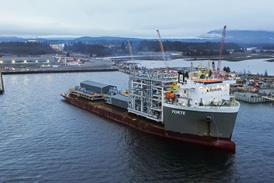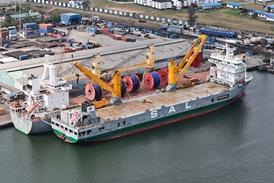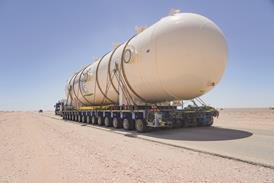The ports of Rotterdam, Antwerp-Bruges, Hamburg and Constanta have initiated the CLARION project, which will focus on enhancing the resilience and sustainability of European ports.

Backed by the Horizon Europe Programme, with a budget of approximately EUR7 million (USD7.6 million), the project is being coordinated by TU Delft, Faculty of Civil Engineering and Geosciences, the Geotechnical Engineering Section.
In line with the European Commission’s strategy on adaptation to climate change and the European Green Deal, CLARION will support the modal shifts towards low-emission transport systems minimising environmental impact. It will involve 10 pilot demonstrators that will test and deploy advanced technologies and strategies focusing on smart quay walls, monitoring systems for the corrosion of port infrastructure, dredged sediment reuse, flood impact control, extreme weather forecasting and more.
The project aims to increase the operational availability of port infrastructures during extreme events, reducing accidents caused by climate-related disruptions.
Jens Meier, ceo of the Hamburg Port Authority (HPA), said: “One of the aims of forward-looking port planning is to ensure the best possible safe and reliable accessibility of the port. The ability to continuously adapt to changing environmental conditions, such as climate change or extreme weather conditions, is highly relevant in this context. The HPA is also meeting these challenges with new technologies such as artificial intelligence and digitalisation.”
Boudewijn Siemons, ceo of the Port of Rotterdam, added: “Physical risks from climate change are increasingly affecting our port infrastructure and assets, as well as those of our customers. The port of Rotterdam is largely situated outside the dykes, which means that dykes and barriers do not fully protect the port. This makes it more vulnerable to rising sea levels. Although the different sites in the port are built relatively high above sea level and are partly protected by storm surge barriers, we are continuously developing measures to ensure the port remains resilient to climate change in the future.”
He noted that these challenges are equally relevant to the neighbouring ports of Antwerp and Hamburg, as well as the Danube-connected Constanta.















